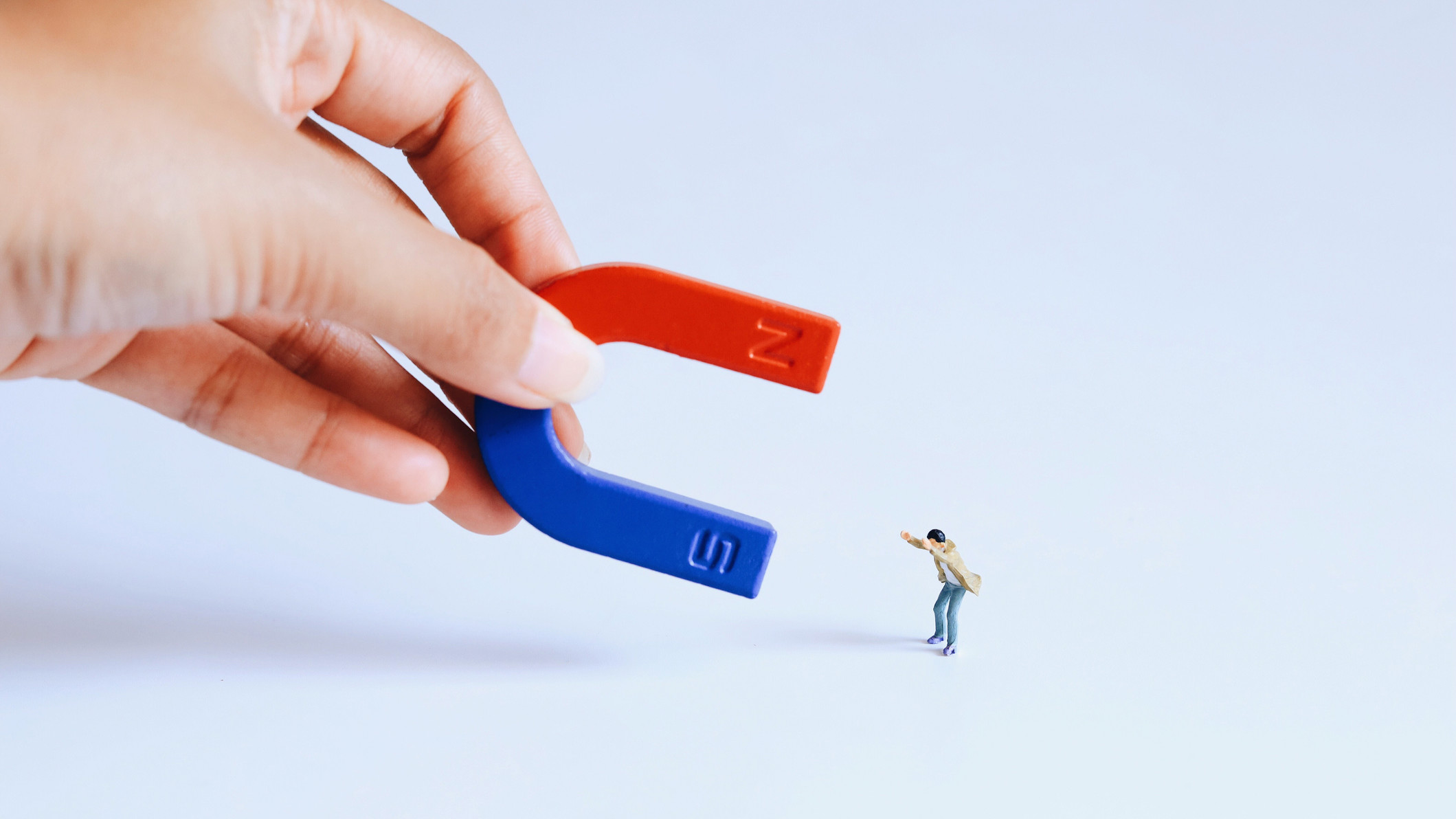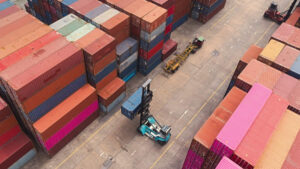Rare earth prices set to rise off the back of NdPr magnet demand

Pic: Mallika Wiriyathitipirn / EyeEm (EyeEm) via Getty Images
There’s a growing demand for rare earth permanent magnets in electric vehicles and wind turbines.
According to Roskill, that demand is set to grow by 14% and 5% year-on-year respectively.
Basically, the need for rare earths in magnets is expected to maintain the tight supply environment.
It’s mainly neodymium and praseodymium (NdPr) we need, which are key components of high-performance neodymium, iron, and boron (or NdFeB) magnets.
The magnets are used in EVs – but they’re also used in speakers, medical devices like MRIs and even ammunition.
And word on the street is that some electronics makers are feeling the pinch, with the NdPr price for speaker production doubling to $117,300 per tonne this year.
That’s going to have an impact on profits – and the end price for the consumer.
Tech industry braces for skyrocketing rare earth prices – Nikkei Asia https://t.co/CPNVFqbDTk
— Benchmark Mineral Intelligence (@benchmarkmin) September 14, 2021
China’s increasing magnet production capacity
Roskill analyst David Merriman said the growth in demand for magnet materials has seen a rapid increase in the construction and commissioning of magnet production capacity within China, both at established producers and at new market entrants.
“In 2021, magnet production capacity in China exceeds 300,000 tonnes per year NdFeB, though production is dispersed across more than 200 manufactures,” he said.
“By 2025, capacity is planned to exceed 450,000 tonnes per year NdFeB based on scheduled expansion and project commissioning, with major producers increasing their share of manufacturing capacity significantly.”
Merriman said that the increased demand growth for rare earths is expected to see China “increasingly look outside of its boarders for raw material supply.”
Environmental regulations increasing supply side costs
Arafura Resources (ASX:ARU) general manager sales and marketing Lloyd Kaiser said the prices for NdPr for magnet products are rising because China’s supply is controlled by about three or four groups of state-owned enterprises, which is under a Ministry that also controls the pricing.
“Supply has been stable, but it’s a bit constrained because environmental regulations are growing,” he said.
“There’s concern about how operations are performing, there’s a lot of environmental inspections, and costs on the supply side within China are going up, not down – and so prices will tend to go up because of that.”

Demand is only going to grow
Kaiser said the Chinese demand for magnets has gone from around 15,000 per month to 20,000 per month in the past year.
“That hasn’t tapered off, it’s stayed for three or four months,” he said.
“Demand is strong across lots of different sectors, electronics is doing very well, wind, ebike, industrial robotics and of course EVs.”
However, the automotive sector which uses a lot of magnets is not at peak production.
“Production per year globally is normally around 85-88 million and it’s probably around 70 million at the moment,” Kaiser said.
“But demand in Germany and Europe and worldwide sales for EVs – which includes battery electric and plugins – actually kept going in 2020 when you would have thought it’d be a write-off.
“Around 25% of all sales in Germany are basically EVs now, so we’ve got good demand and what’s happening because of that, supply is constrained in factories, stock is sitting at around a couple of weeks inventory, and that’s what’s causing pricing to sit where it is.
“There’s really not enough supply in the market to meet demand.
“And the processes are producing the rare earths, or the NdpR within China will keep prices high.”
Kaiser is confident that the company’s Nolans NdPr project in the Northern Territory could supply up to 10% of the worlds NdPr demand when it’s in full production.
FEED work is currently underway with Arafura expecting to make a final investment decision for the project in the second half of 2022.
At Stockhead, we tell it like it is. While Arafura is a Stockhead advertiser, it did not sponsor this article.
Related Topics

UNLOCK INSIGHTS
Discover the untold stories of emerging ASX stocks.
Daily news and expert analysis, it's free to subscribe.
By proceeding, you confirm you understand that we handle personal information in accordance with our Privacy Policy.








